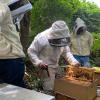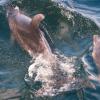CPAG Coco Hill Forest Bioblitz 2023
CPAG
Launched in 2014, the Caribbean Protected Areas Gateway (CPAG) is a regional resource and information hub for facilitating and promoting viable decisions and policies by decision makers and resource managers for effective and sustainable management of biodiversity, protected and conserved areas. CPAG is hosted by The University of the West Indies (UWI) and located in the Centre for Resource Management and Environmental Studies (CERMES), a Department within the Faculty of Science and Technology at the Cave Hill Campus in Barbados.
CPAG is building on global efforts for collecting data directly from the ground from national services and from regional and international institutions holding relevant information inter alia on biodiversity, protected and conserved areas (related to governance and management, socioeconomics and the various threats and pressures faced). CPAG works as a platform to facilitate the exchange of data/information and implement relevant capacity building initiatives for the region among stakeholders and practitioners.
To learn more about CPAG and/or get in contact with us, please see or digital business card in Appendix III.
Coco Hill Forest
Owned by Mr. Mahmood Patel, Coco Hill Forest is a 53-acre regenerative agroforestry project (started in 2014) committed to a more food secure and climate-resilient Barbados. The primary aims of the project are to sustainably grow food locally, rebuild the biodiversity that once was present on the island and repair relationships with the land.
The forest (see Figure 1), which overlooks the rugged east coast of Barbados, is located in St. Joseph, Barbados and is home to a wealth of flora and fauna. On the west hill, regenerative agroforestry methods are being employed along with terracing to repair the ecosystem and prevent soil erosion, which were both affected by sugarcane monoculture in the area. On the east hill, the focus is on the preservation of the rare and unique biodiversity of one of the last pieces of primary forest standing on the island, as over 90% of it has been cut down already.
Bioblitzes
Bioblitzes occur all over the world as a way to engage people with their local biodiversity while also contributing valuable data on the distributions of species. They usually involve experts, students, and the public intensively surveying a particular area for biodiversity over a set period of time. Bioblitzes are really fun and are a chance to get to know your local species and share knowledge and enthusiasm with others, in addition to contributing to science even if you are not a professional scientist. Biodiversity data from Bioblitz events have been used in scientific publications and Bioblitz reports have been cited in local Environmental Impact Assessments – demonstrating that these events generate useful data on status and distributions of species and raise awareness about biodiversity more broadly.
Coco Hill Forest Bioblitz
Purpose
Management of biodiversity and natural resources requires knowledge of what exists and where it exists. The purpose of the Coco Hill Bioblitz was to build the biodiversity profile of the forest itself (and for Barbados as well), to raise awareness and inform management initiatives. The bioblitz also afforded citizens the opportunity to raise their awareness profile pertaining to the biodiversity found in the forest and within Barbados, as well as meaningfully contributing to collection of critical data through citizen science (i.e. scientific research conducted with participation from the general public).
Methodology
A total of 26 participants (see Appendix I) participated in the Coco Hill Forest Bioblitz which was held 25 March 2023. Participants, working in groups or individually, spread out and combed the forest for a two-hour period (10:00 am – 12:00 pm) photographing as many plant and animal species as possible using either cell phones or digital cameras. Participants subsequently uploaded their photos to the ‘CPAG Coco Hill Forest Bioblitz 2023’ project page on the iNaturalist platform.
iNaturalist is a nature app which is a joint initiative by the California Academy of Sciences and the National Geographic Society. The app:
-helps people to identify the plants and animals around them,
-connects people with a community of over a million scientists and naturalists who can help them learn more about nature,
-facilitates the creation of research quality data for scientists working to better understand and protect nature.
Data from iNaturalist sightings eventually end up on the Global Biodiversity Information Facility (GBIF) database, which is widely used (e.g., by policy makers and educators).
Findings (note: The data, information and photos included in this report are free to be used for other purposes as long as CPAG is credited as the source.)
A total of 119 observations were submitted by six observers to the bioblitz project page on iNaturalist. The 119 observations represent 54 species across various taxonomic groups, with the majority (68.5%) being plants (Figure 2). The most observed species were Koster’s Curse (plant), Round-backed Millipedes and Orchard Soders and Allies (see Appendix II for the full list of species observed).
Appendix I – BioBlitz participants
The Caribbean Protected Areas Gateway (CPAG) would sincerely like to thank all participants of this bioblitz event. CPAG also expresses gratitude to Mr. Mahmood Patel and his team at Coco Hill Forest for providing the space and opportunity for the event.
Participants
- Adrian Vetta - Coco Hill Volunteer
- Alana Aban - Coco Hill Volunteer
- Alexandra Lassota - Coco Hill Volunteer
- Alyssa White - Coco Hill Volunteer
- Amber Blackman - CYEN
- Ivanna Odle - CYEN
- Jahdae Parris – CYEN
- Julian Walcott - CPAG
- Kahlil Jones – CYEN
- Keisha-Ann Belle - Coco Hill Volunteer
- Melissa Patrick - Coco Hill Volunteer
- Nathan Barrow – CYEN
- Rasheda Daniel - Coco Hill Volunteer
- Rasheed Smith - Coco Hill Volunteer
- Rebekha Clarke – CYEN
- Renice Medford - CPAG
- Shannon Weekes – CYEN
- Theo Franklyn – CYEN
- Tyeisha Bradshaw - CYEN
- Zach deFrietas - Wild Barbados
Please find attached a selection of photographs featuring the participants of the CPAG Coco Hill BioBlitz.
Appendix II – Species list and photos
Note that some of these photos are generic photos and not the actual ones from the Bioblitz event (these can be accessed by visiting the project page)
IN = species introduced into Barbados.
Presented herein are several species observed during the BioBlitz.
Credit:
 Bananaquit
Bananaquit
 Round-backed Millipedes
Round-backed Millipedes

 Koster's Curse
Koster's Curse

 Orchard Spiders and Allies
Orchard Spiders and Allies

Common European Greenbottle Fly Common House Fly
Common House Fly

 Rosary Pea
Rosary Pea


 Scarlet Cup
Scarlet Cup



 Gray Kingbird
Gray Kingbird


Royal Palm

African Oil Palm


African Giant Snail

Pleurodonte Isabella

 Barbados Bullfinch
Barbados Bullfinch

Rustwort
Acrobat Ants and Cocktail Ants







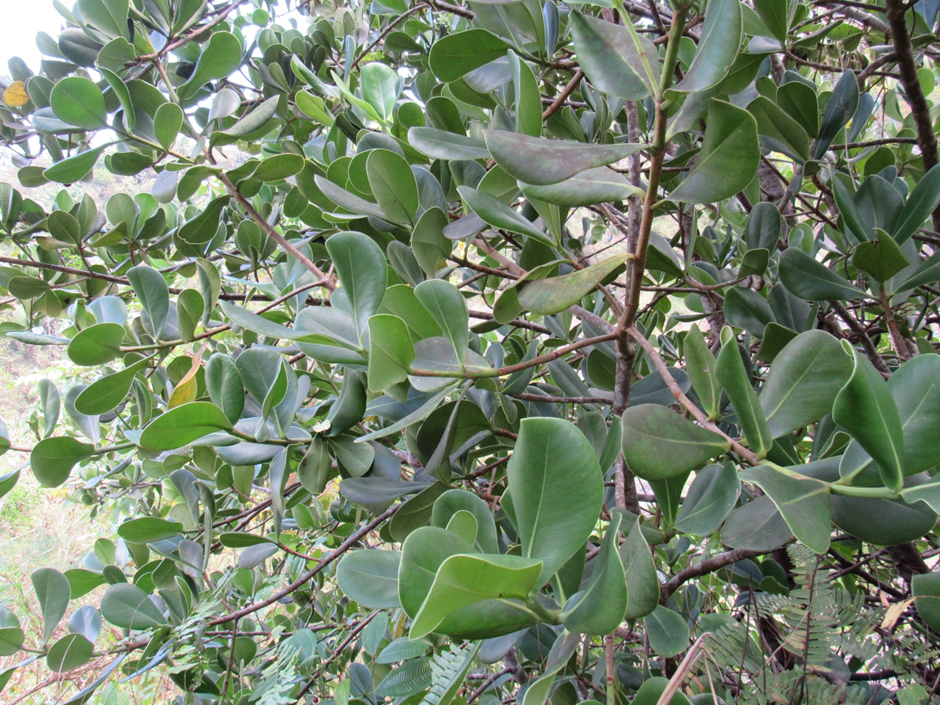
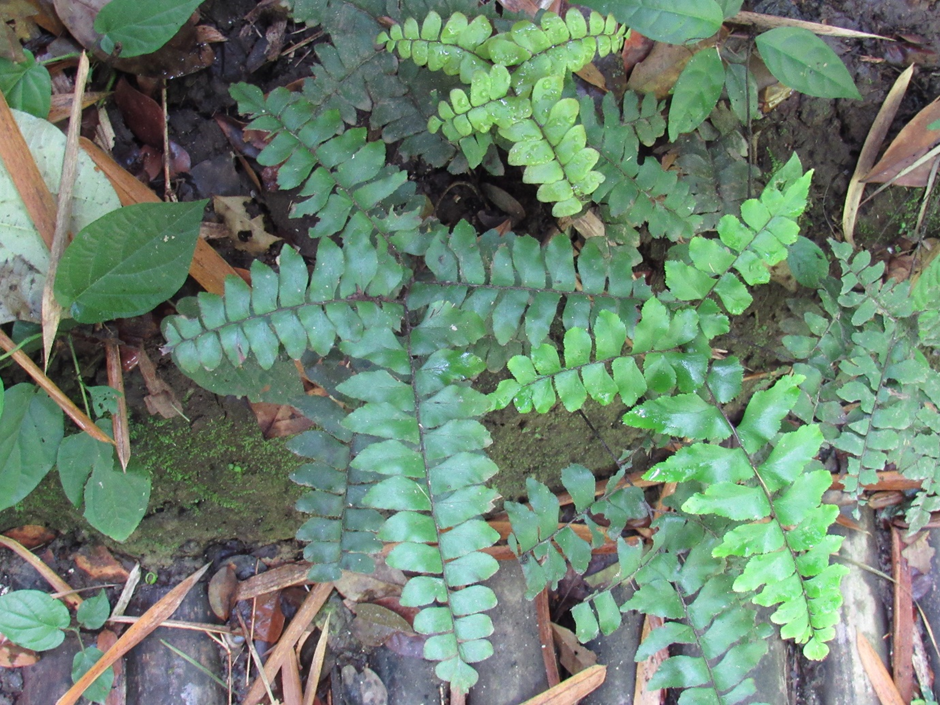


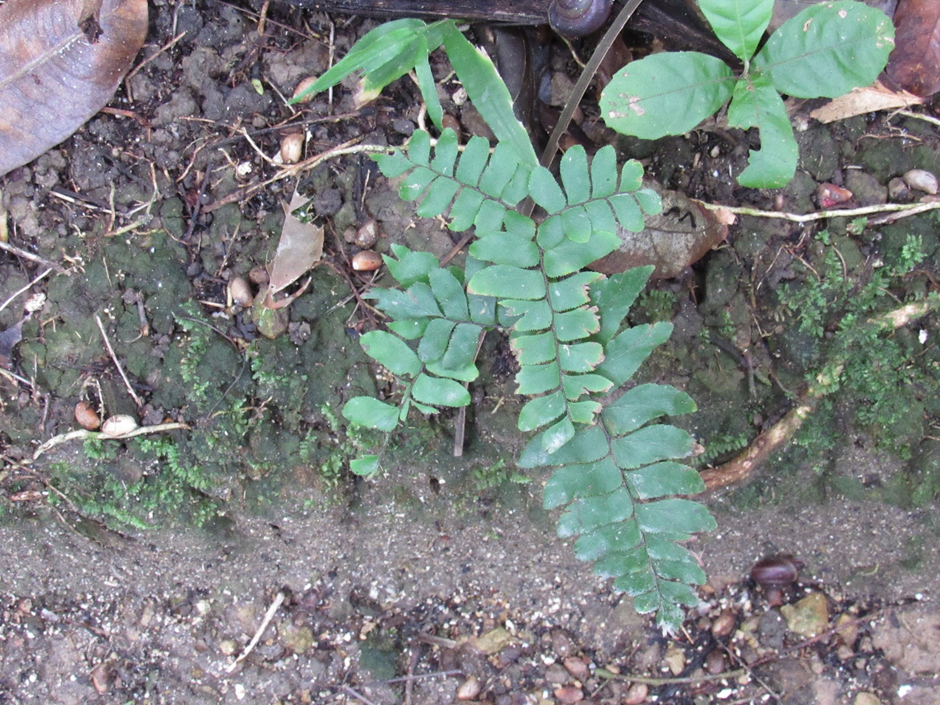
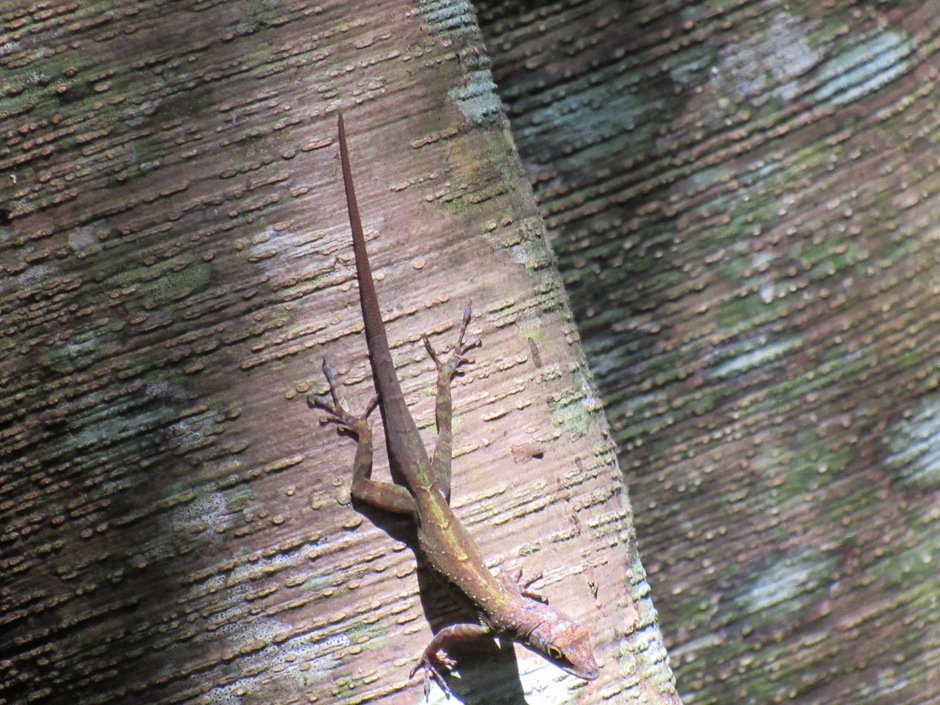
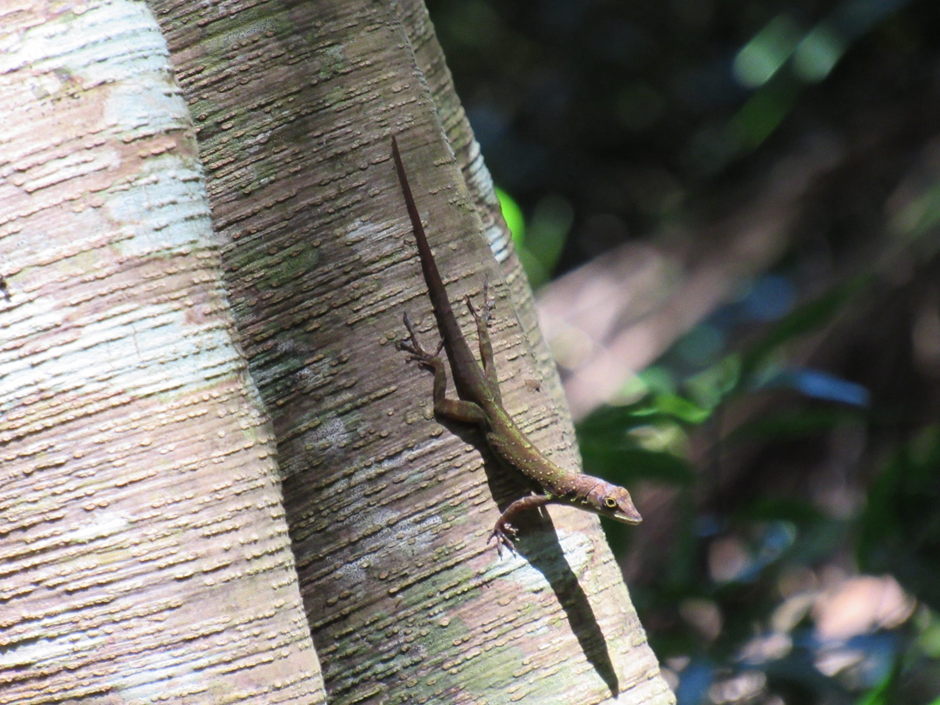
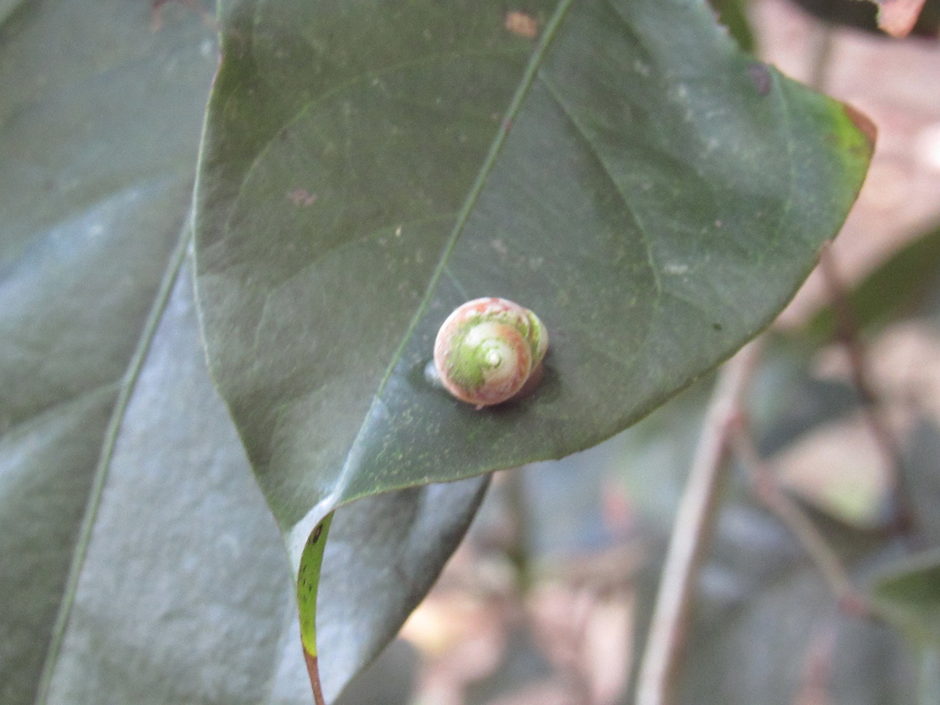
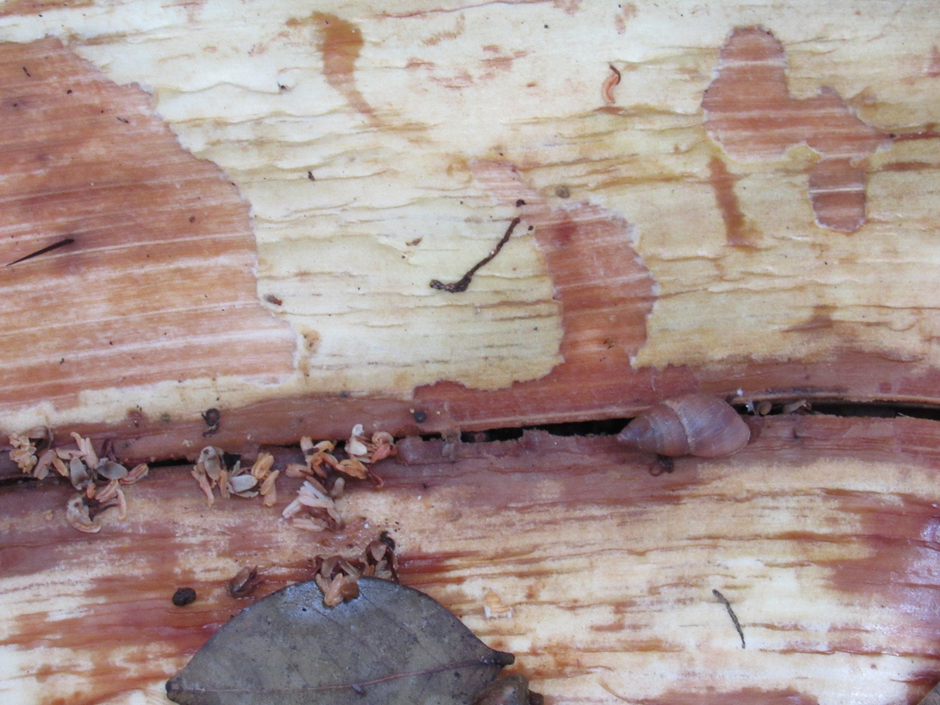 Here are some additional plant and insect specimens for your review.
Here are some additional plant and insect specimens for your review.

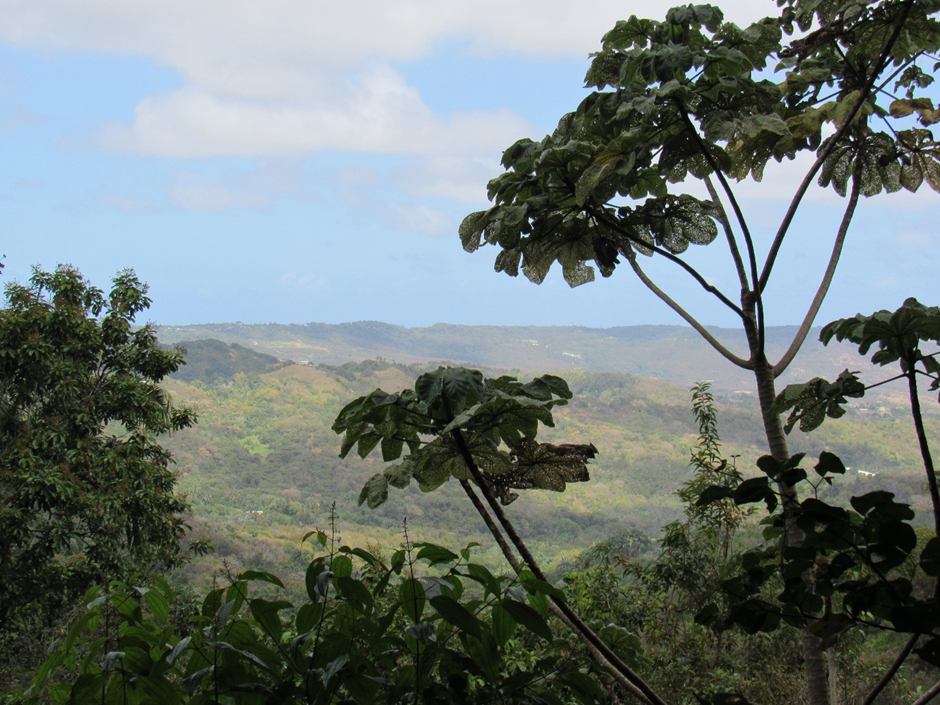
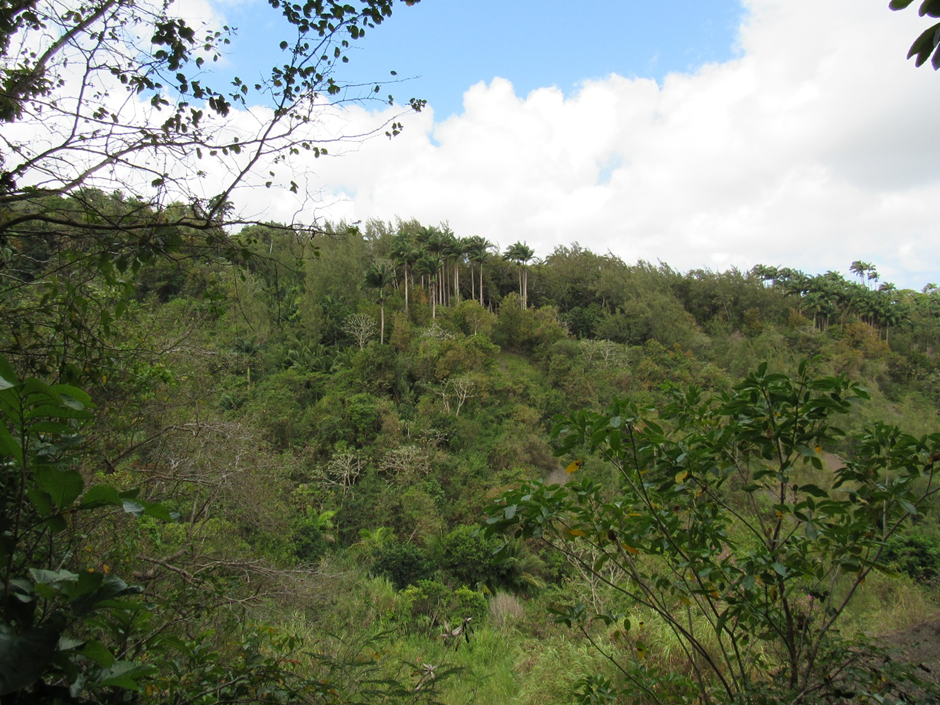

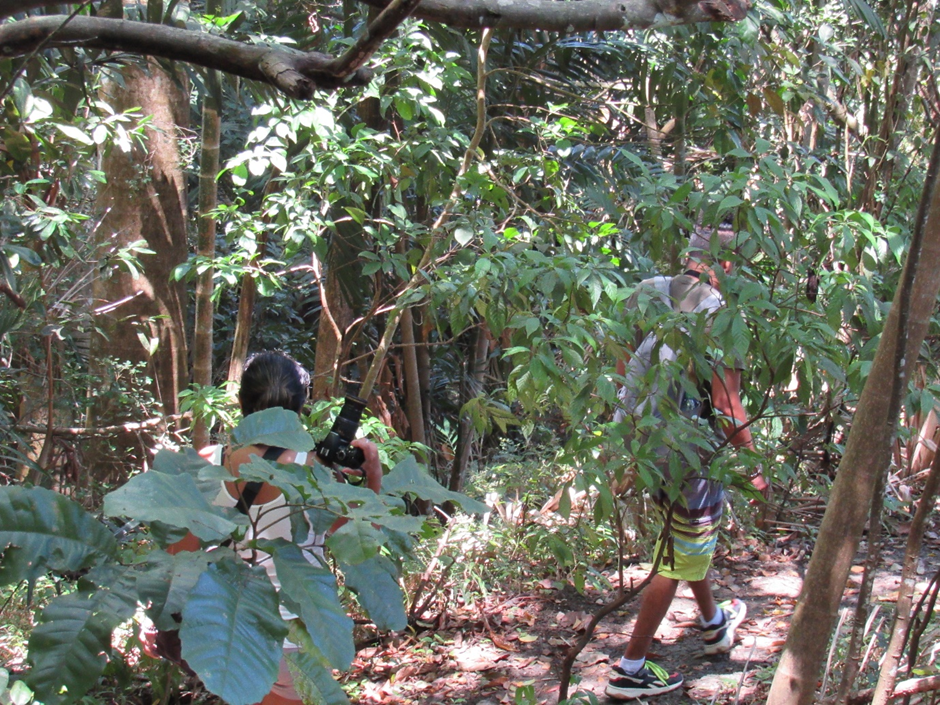
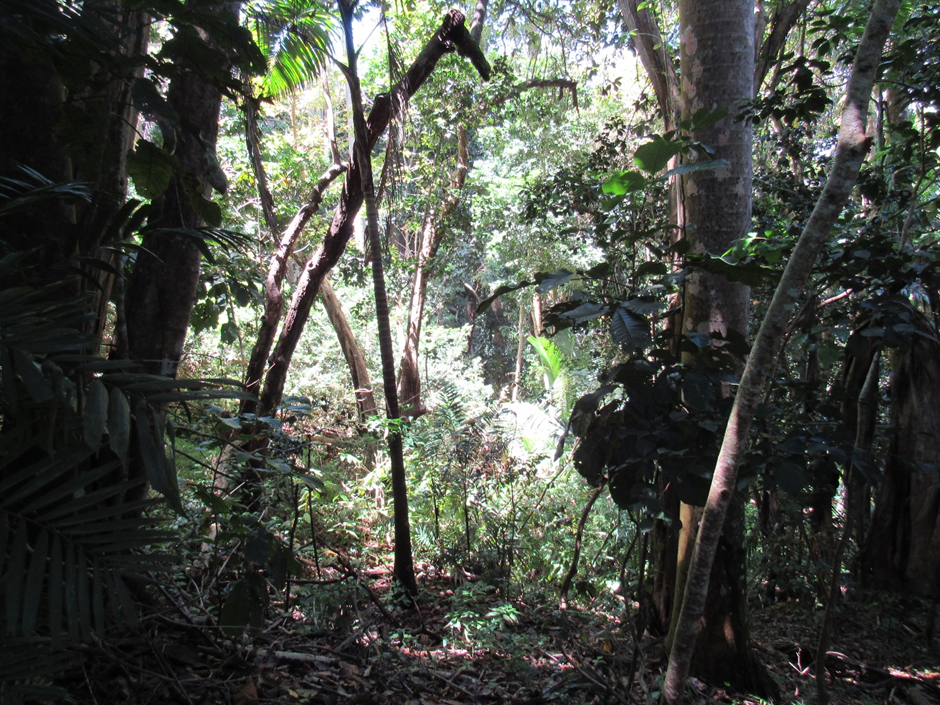
Additionally, enclosed are photographs showcasing the breathtaking scenery.
Appendix III – CPAG’s digital business card



